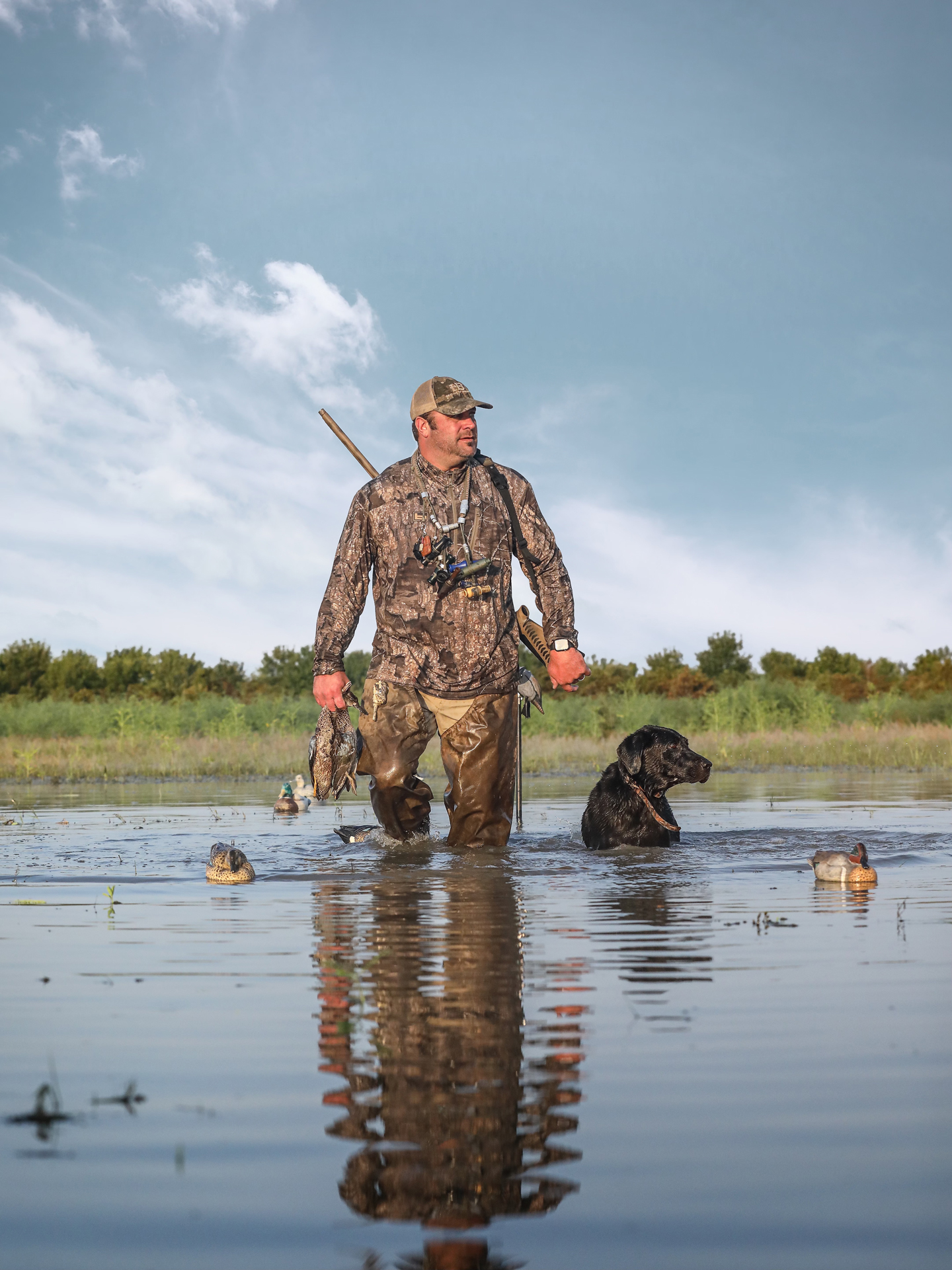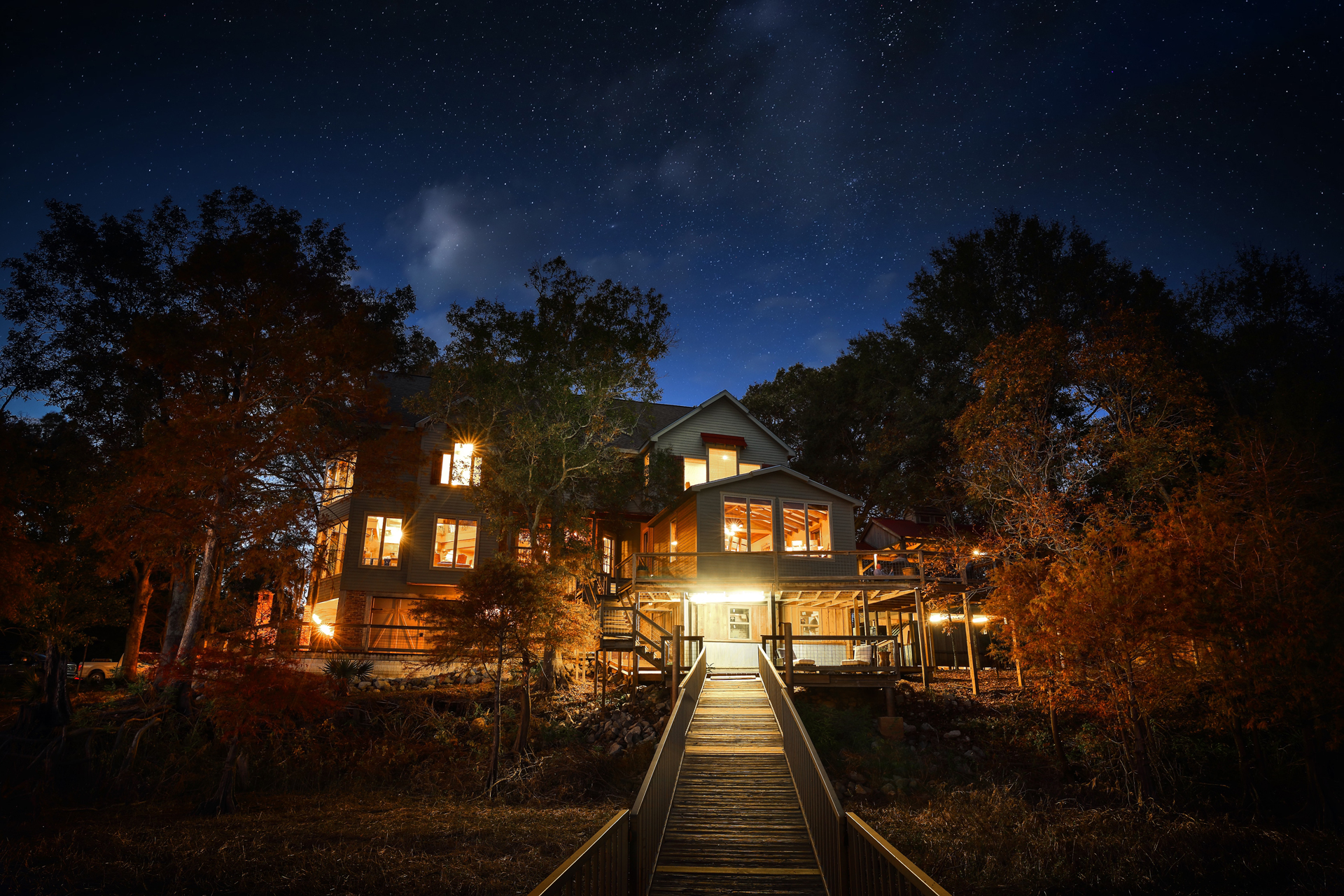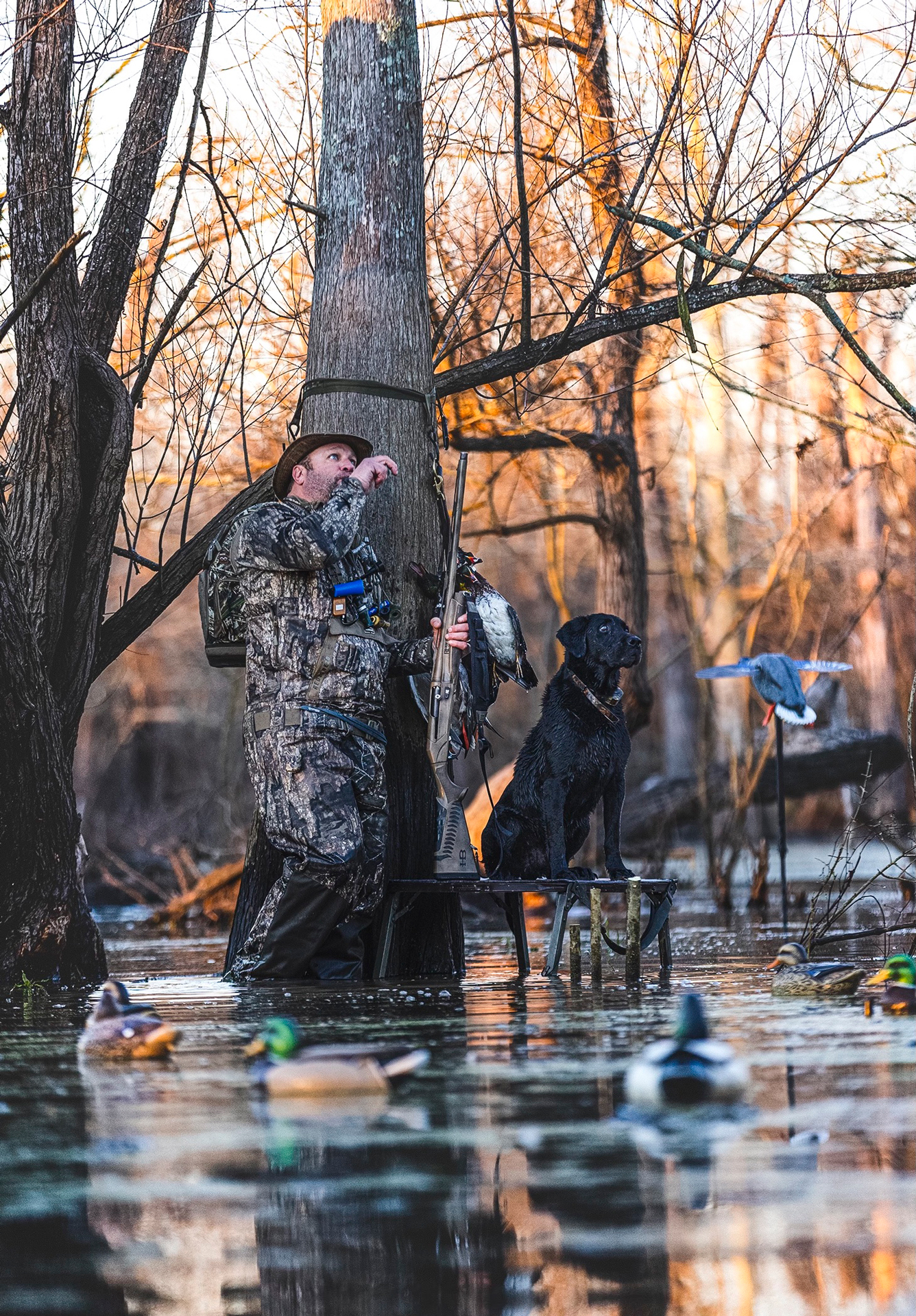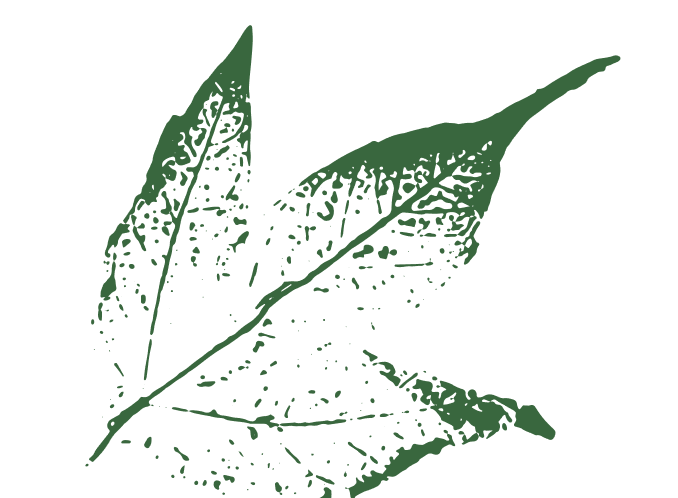Honey Brake Lodge: The Greatest Thing for Wildlife in Louisiana I’ve Ever Seen
January 17, 2023|Chandler Van Voorhis
Honey Brake Lodge has committed 11,000 acres to GreenTrees reforestation of verdant hardwoods.
One approaches Honey Brake Lodge in east-central Louisiana the only landward way you can—carefully bumping along a dirt road in billows of fine dust, passing swampland and the occasional tiny farmhouse wilting in the heat. A sideroad is reached, and one stops before a conspicuously elaborate gated drive. The gate rolls back and the visitor parks by a palatial four-story resort, shaded by titanic live oaks and cypresses on the banks of glittery Larto Lake, with the timeless rough-hewn look of an American classic.

A covered dock extends into the lovely lake before me as I gaze at the elevated walkways connecting the various suites, Spanish moss dangling overhead. Drew Keeth walks over to meet me. Built like a linebacker, with a gregarious tone to his open demeanor, Keeth introduces himself as the CEO of the property, a 20,000-acre former plantation offering year-round outdoors adventure. I pull my eyes away from the binoculars I’d been using to scan the skies for waterfowl and follow Keeth into the lodge.
“Splendid” is the word that immediately came to mind; my dad would’ve booked a suite immediately. And maybe permanently. The foyer plunged me into a vista that any hunting enthusiast in the South would drool over: an enticing living room packed with abundant seating, a corner bar, flatscreens and mounted whitetails with treelike racks. The nearby kitchen was fully prepared to dish out the deluxe Cajun meals the resort is known for, while a four-sided fireplace readied itself for the chill of duck season. 13,000 square feet of wood-and-stone bliss.
Keeth grew up nearby in Jonesville, Louisiana, and gave me a brief rundown of Honey Brake. In the mid-1960s, a wealthy family from the Plains moved here and bought up 60,000 acres of plantation, adding drainage ditches, dikes, and levees to channel water toward sprawling monocultural crops of soybeans, cotton, corn, milo, rice, and winter wheat. But the lowland areas of the property, by the late 70s upward of an astonishing 96,000 acres, were ill-served by this hydrological management, and in the 1990s these marginal bottomlands were slowly returned to wetlands wildlife habitat.
Brothers Ron and Michael Johnson, raised near Chicot State Park in a familial atmosphere of appreciating wildlands, eventually purchased 8,000 acres of this Honey Brake Wetlands Reserve Project when they learned that adding recreational facilities to agricultural land increased property value.
Keeth was hired by Ron Johnson, who’d known him growing up, to develop an ongoing business strategy aimed at hunters (there are 75 duck blinds on the property), anglers, birdwatchers, and an in-progress 85-bed summer camp for kids. Licensed hunters may pursue geese, ducks, deer, alligators, and wild boar according to season, though the invasive swine, bane to saplings and ground-nesting birds such as turkey and quail, face year-round hunting pressure. Such is the detrimental effect of feral hogs in the area that night-vision hunting has recently been okayed by Louisiana, with masked riflemen on electric vehicles silently prowling the nocturnal swamps.
GreenTrees has an immense presence here, having taken part in the planting of 11,000 acres of verdant hardwoods compatible with the soggy soil. Keeth celebrates the steady transition from fields to forests: “After this year we’ll be totally out of crop farming, and just farming for wildlife,” he said. He described Honey Brake’s annual income as being $2,000,000 from recreation (lodging, dining, guides, and equipment) and just $200,000 from farming. Initial hardwood plantings took place under the auspices of the Natural Resources Conservation Service (NCRS), a division of the USDA and holder of a conservation easement on the Honey Brake property. Ducks Unlimited was later brought aboard to manage the water control systems for the benefit of waterfowl, DU’s largest such project in the United States, while GreenTrees contributed to the planting of an amazing 850,000 trees on the property.

A strong knowledge of forest ecosystems helped shape our discussion as we strolled across the elevated walkways between shaded duplexes, Keeth explaining how cottonwoods are seen as “trainer trees,” growing rapidly among slower oaks to induce speedier growth in the latter as they compete for sunlight. The cottonwoods are then thinned after 15 years and sold for timber after the oaks have reached a dominant height.
As we walked out to his waiting 4X4 I marveled to Keeth about the sparkling mélange of neotropical migrants—warblers, vireos, and other dapples of bright color—that wove their way through the mossy branches. “The (National) Audubon Society loves this place!” Keeth exclaimed, claiming that between 115-125 species of birds were counted here over the course of a year, including approximately the 450,000 ducks and geese which are the stars of hunting activities here. Deer from the Upper Midwest were transported here some time ago and released to propagate larger animals in the local gene pool, while alligator hunting, “like tightlining for catfish,” Keeth advised, is available to 120 tag holders per year. “We got a lotta gators,” he said.
Reforestation, the methodical planting of native trees atop plowed cropland that stretches for level miles, is according to Keeth “the greatest thing for wildlife in Louisiana I’ve ever seen,” and he said that GreenTrees has played a central role in this realization. “They’ve been great for me,” he said as we bounced along the clayey roads to tour the property.
“It’s making money through building habitat” for wildlife, he said, though it wasn’t immediately clear to him how things would work out.
“Carbon credits fluctuate, so it’s not quick cash,” he pointed out, adding “but eventually it makes perfect sense, like finding money in the parking lot. I first thought their offer was like a spam email from some Nigerian prince looking for cash, but lots of my friends and neighbors have signed up now because of me.” Looking around the flat, squelchy terrain, Keeth added that “We’re about to put in another 2,000 acres in GreenTrees hardwoods; the only areas here that will be without GreenTrees are the treeless shallows.”
GreenTrees has planted 850,000 hardwoods here thus far, which at 18 years old can be selectively thinned under the terms of the conservation easement. Thinning helps let sunlight into the thick coverage, allowing undergrowth to thrive for deer and other herbivores, essentially mimicking the effects of natural wildfires. Quarter-acre clearcuts within the forest canopy attract deer, while hinged sawing of hardwoods bends the trees, still living, to the ground, providing bedding for deer and a growing black bear population.

We’re looking out over diked wetlands, roseate spoonbills lifting and lapsing close by on the hunt for aquatic prey, carefully navigating a basking alligator as Keeth points out the abundant mayhaws, looking like apple trees bursting with giant cherries, and rows of cottonwoods carefully planted last year. Water management is central to life in the Delta: “There are two kinds of water problems we have here,” he confides, “too much and not enough.” Climate change is certainly a rising factor, with wet and dry cycles becoming increasingly acute as seen in three 100-year floods and a single shocking 500-year event occurring over just the past decade. “This has been the driest summer I’ve ever seen,” Keeth intoned, “and the wettest August.”
This place is good for other wildlife too, I realized, as dozens of white-winged doves fluttered around us when we returned to the resort. Game meat, trophies, land and conservation have been Mr. Keeth’s hallmarks for his entire life, though he admits that with age inevitably comes the end of the hunting cycle of one’s life: “I don’t have to kill anything anymore to enjoy myself. Making healthy duck and deer habitat is what I like most now.”
About the author
chandler@acre-investment.com
Chandler Van Voorhis is a leading expert in conservation and ecological markets, with experience including a TEDx Talk, guest lectures at Princeton and Yale, and several publications on natural capital. Before co-founding C2I, he co-hosted the nationally syndicated GreenWave Radio show. He received the ChevronTexaco Conservation Award in 2002 and served as President of the Alliance for Environmental Education. Currently, he serves on advisory boards for IETA Natural Climate Solutions and RenewWest and is a member of the Outdoor Writers Association of America.





